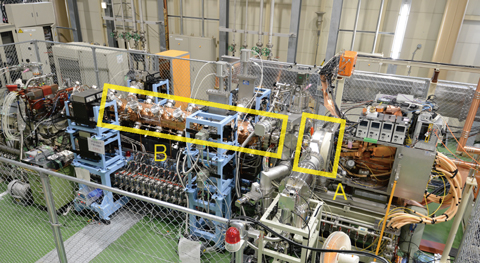
Fig.5-1 First acceleration stage of LINAC
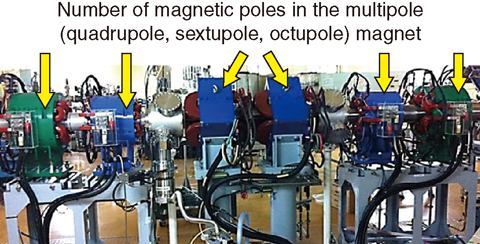
Fig.5-2 Multi-pole magnet system to enable large-area uniform irradiation in TIARA
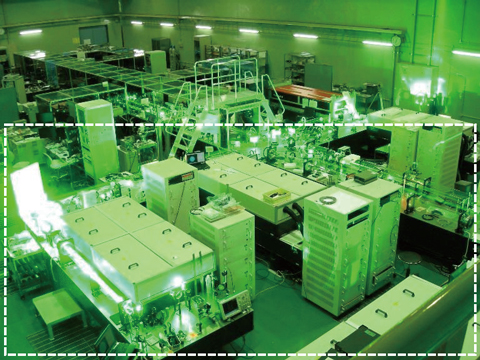
Fig.5-3 JAEA Kansai Advanced Relativistic ENgineering (J-KAREN) laser system
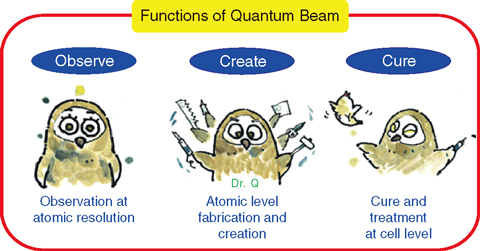
Fig.5-4 Characteristics of quantum beams
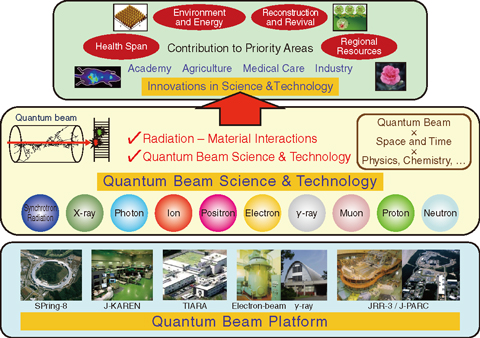
Fig.5-5 Quantum beam facilities and research system for quantum beam science and technology at JAEA
“Quantum beam” is a generic term for neutron beams, ion beams, electron beams, high-intensity lasers, and synchrotron X-rays that are generated from accelerators, high-intensity laser facilities, and research reactors. Recently, quantum beam technology has been extensively developed, with the most advanced manufacturing and observations being conducted using highly controlled quantum beams.
There are several large quantum beam facilities such as Japan Proton Accelerator Research Complex (J-PARC), Takasaki Ion Accelerators for Advanced Radiation Application (TIARA), Japan Atomic Energy Agency (JAEA) Kansai Advanced Relativistic ENgineering (J-KAREN), Super Photon ring-8 GeV (SPring-8) beamlines, and Japan Research Reactor-3 (JRR-3) at JAEA. We have produced numerous results from these facilities. In this chapter, we introduce representative research results on “quantum beam” science and technology.
1. Development of Beam Technologies for Quantum Beam Facilities
(1) Technological Development at J-PARC
J-PARC comprises a series of three proton accelerators, namely, the LINear ACcelerator (LINAC), 3 GeV Rapid Cycling Synchrotron (RCS), and 50 GeV synchrotron, and three experimental facilities. The facilities include the Materials and Life Science Experimental Facility (MLF) for a wide range of research fields using neutron and/or muon beams, the Hadron Experimental Facility for nuclear and particle physics experiments using K-mesons and other particles, and the Neutrino Experimental Facility for the T2K particle physics experiment using neutrinos. All these experimental facilities are open to users from across the globe.
To realize operations with a 1 MW beam, the expected performance of LINAC and RCS needed to be improved by means of such as a beam current upgrade and beam loss reduction in FY 2014. At LINAC, the radio-frequency-driven negative hydrogen ion source and the Radio Frequency Quadrupole (RFQ) LINAC were replaced (Fig.5-1), resulting in the peak current being upgraded from 30 mA to 50 mA. In January, 2015, a 1 MW equivalent proton beam pulse was successfully accelerated at RCS and delivered to the neutron source target of MLF for the first time. At MLF, steady operation with injection of a 300 kW proton beam has been continued since the last fiscal year, and the beam power has been increased up to 400 kW since March, 2015. As for a suite of neutron instruments, the energy-resolved neutron imaging system, which has superior performance to the non-destructive inspection of materials, was made available for the user program.
Users conducted 422 experiments at 19 neutron and 2 muon beamlines for a wide range of research fields, including materials science, magnetism and strongly correlated electron systems, soft materials, fundamental physics, electronic properties of matter, and hydrogen in matter and general applications. In this chapter, outcomes from MLF (Topics 5-12, 5-13, and 5-14) are presented.
(2) Technological Development at TIARA
TIARA comprises four ion accelerators. Together with an electron accelerator and gamma-ray irradiation facilities, the TIARA accelerators are available to researchers in JAEA and other organizations for R&D activities on new functional and environmentally friendly materials, biotechnology, the radiation effects of materials, and quantum beam analysis. Practical technological developments currently in progress involve microbeam formation, single ion hits, techniques for large-area uniform irradiation, efficient beam transmission and acceleration (Fig.5-2 and Topic 5-15) at the cyclotron, three-dimensional in-air PIXE analysis, and a three-dimensional microfabrication technique at the electrostatic accelerators.
To make such advanced beams available to many researchers in a wide range of research and development fields, an emphasis was placed upon shortening the beam conditioning time in FY 2014. By developing methods to correct off-axis beam transport, it now takes about 1 h to form a uniform beam with an area of 10 × 10 cm2, a process which formerly took 3 h. Now that the time required to conduct beam experiments has been drastically reduced, more and more users from not only JAEA but also from other organizations may participate in the R&D activities on new functional and environmentally friendly materials, biotechnology, and so forth.
(3) Kansai Photon Science Institute
In the Kizu District, we are eagerly engaged in R&D activities concerning lasers. For instance, we are developing high-quality lasers and studying the use of electron beams, ion beams, and X-rays generated by high-intensity short-pulse lasers. FY 2014 marked the final stage of the upgrade of the J-KAREN laser (Fig.5-3), where the peak power was increased up to 1.2 PW with a 0.1 Hz repetition-rate to obtain a high-energy ion beam.
In the Harima District, we have been developing and improving a state-of-the-art analytical technique for expressing the functional and reaction mechanisms of materials. For this purpose, we employ four JAEA synchrotron radiation beamlines at SPring-8. These beamlines are also applied to nanotechnology, energy, and environmental studies, including a decontamination technique for revitalization at Fukushima.
Furthermore, external researchers are being supported as part of the Nanotechnology Platform Project entrusted to us by MEXT. Roughly 30% of all user times was provided for external use in FY 2014.
2. Advanced R&D on Quantum Beam Science and Technology
JAEA’s abovementioned large quantum beam facilities have been employed in diverse science and technology fields.
By controlling the beam parameters, quantum beams can be used to probe atomic- or molecular-level information. Quantum beams can further investigate materials at nanometer scales (i.e., at the atomic or molecular level) because they interact with the material’s constituent atoms to change their configuration, composition, and electronic state. In medical applications, these beams are used for radiotherapy, which focuses a beam onto cancer cells (Fig.5-4).
We have been developing new beam sources and enhancing the beam intensities. These improvements will help clarify unknown phenomena and extend the applicability of quantum beams. In addition, quantum beam “probes” have yielded notable results in materials science, environmental and energy research, medicine, and biotechnology, which are related to life sustainability and green innovations (Fig.5-5).
In this chapter, we introduce our recent research outcomes on advanced beam technology (Topics 5-1 and 5-2) and the application of quantum beams to the abovementioned fields (Topics 5-3, 5-4, 5-5, 5-6, 5-7, 5-8, 5-9, 5-10, 5-11, and 5-16).
We are also contributing to the recovery from the accident at the Fukushima Daiichi Nuclear Power Station of Tokyo Electric Power Company, Incorporated. For example, we have been developing advanced decontamination techniques utilizing quantum beams (Chapter 1, Topic 1-8).